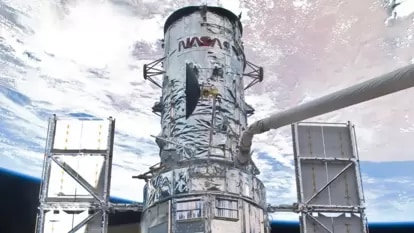Solar flare danger! Growing sunspot could spark a solar storm today, reveals NASA
Solar storm today: NASA, with the help of its Solar Dynamics Observatory, has now revealed a growing sunspot that could hurl out a solar flare and spark a solar storm today. Know all about it.
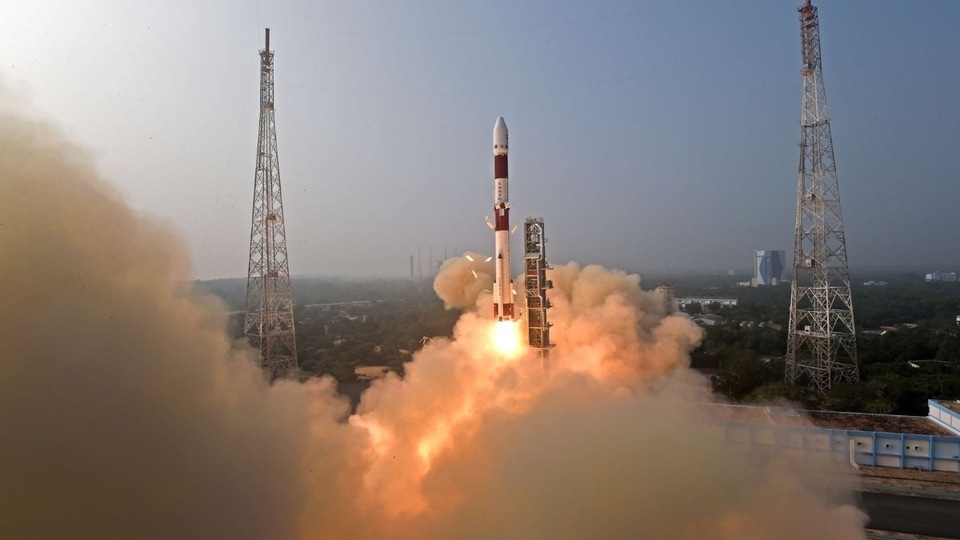
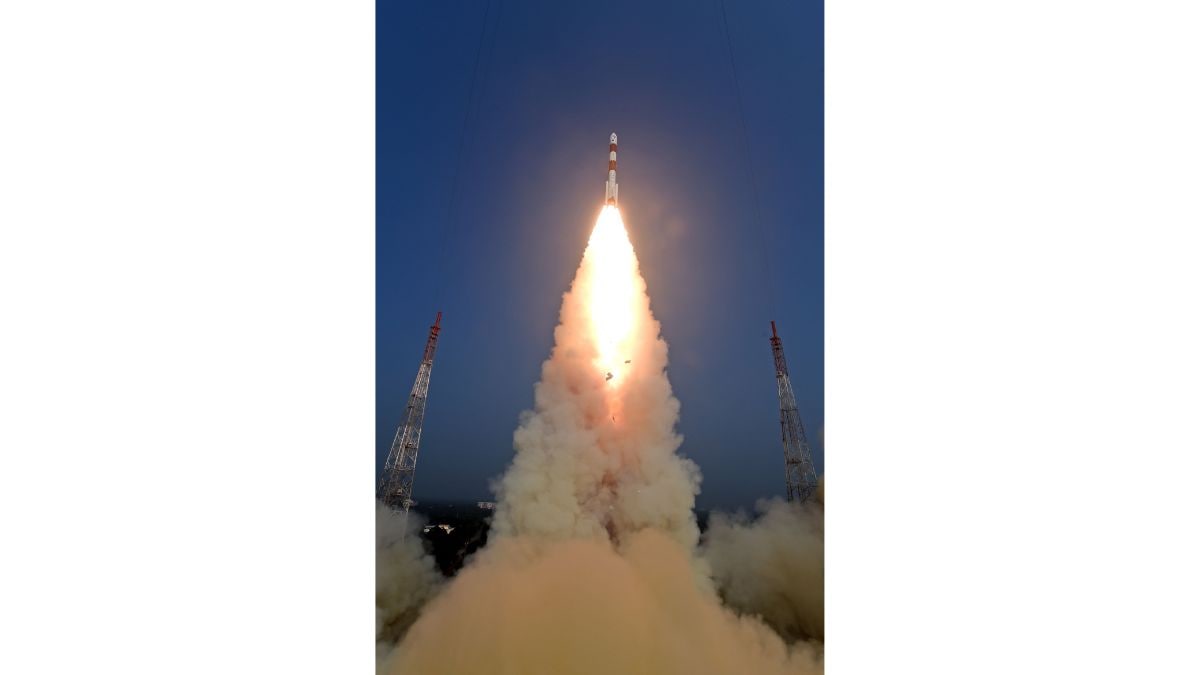
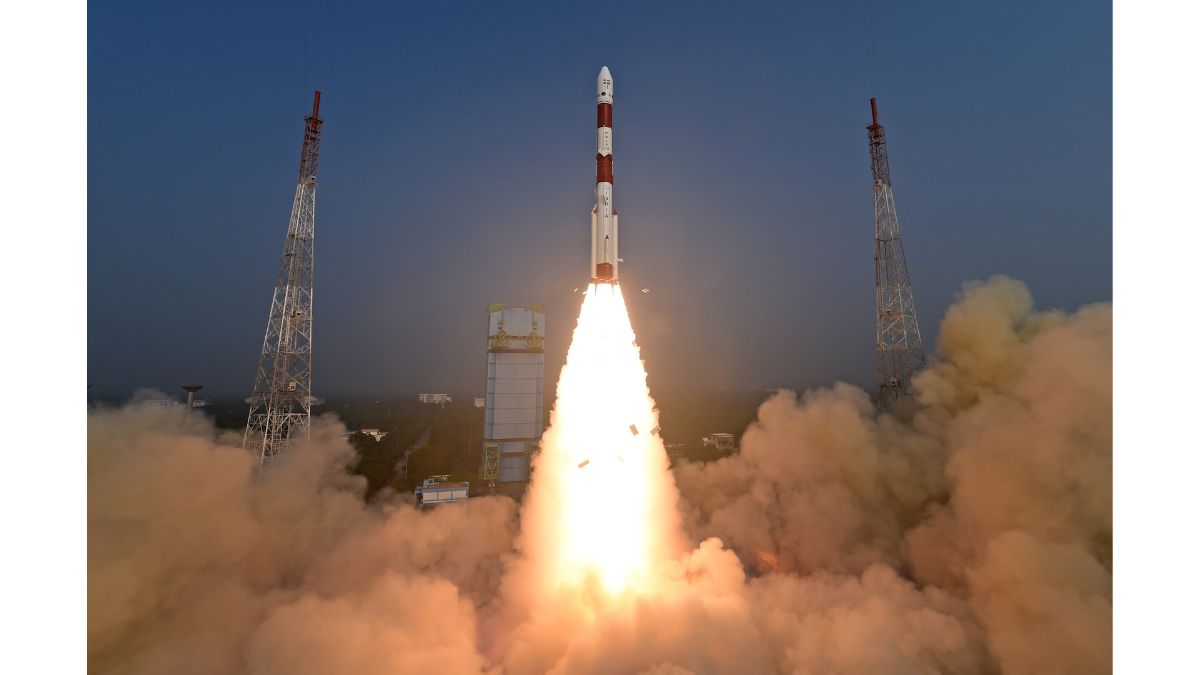
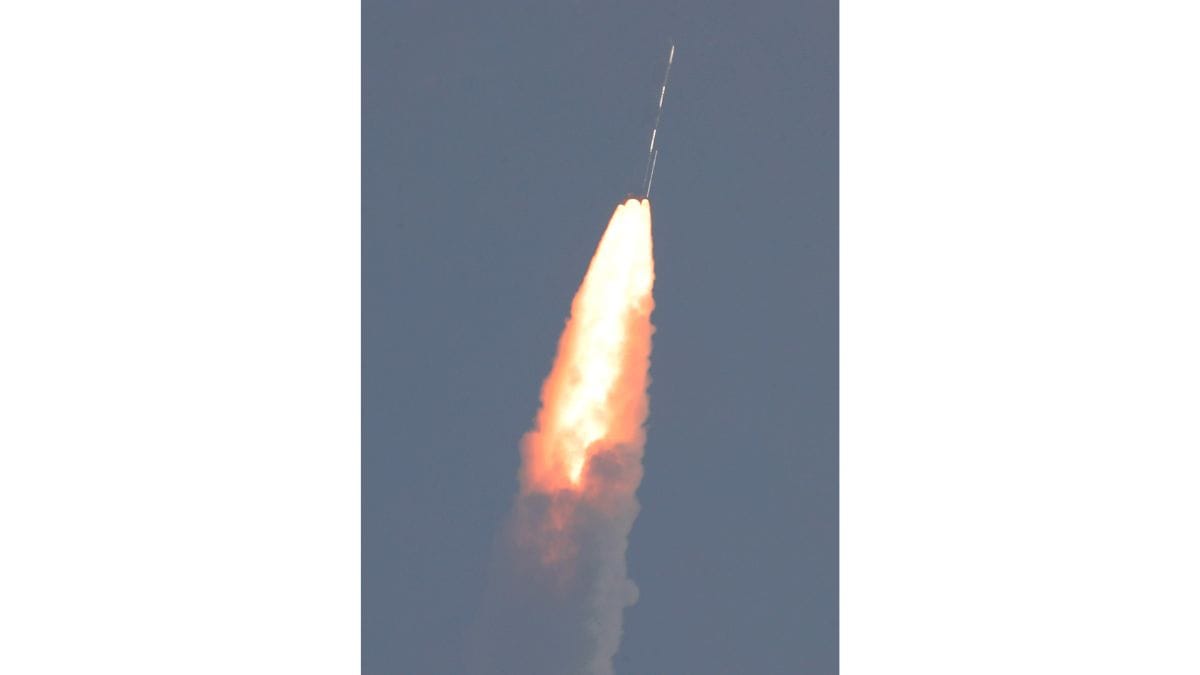
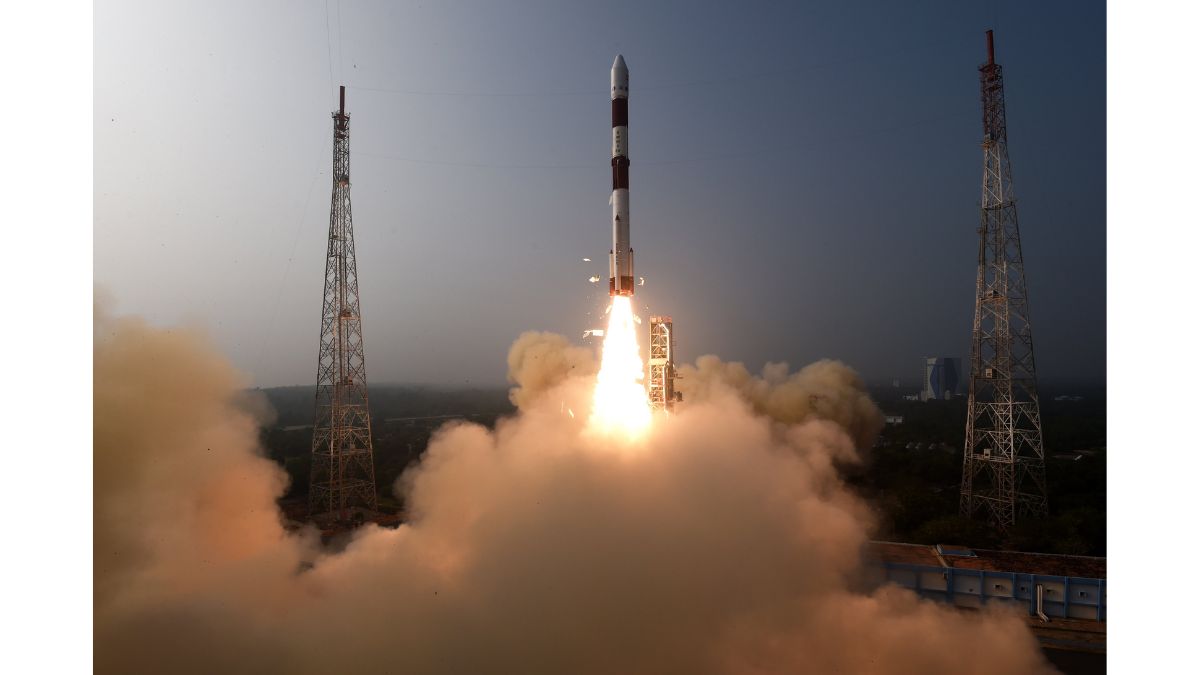

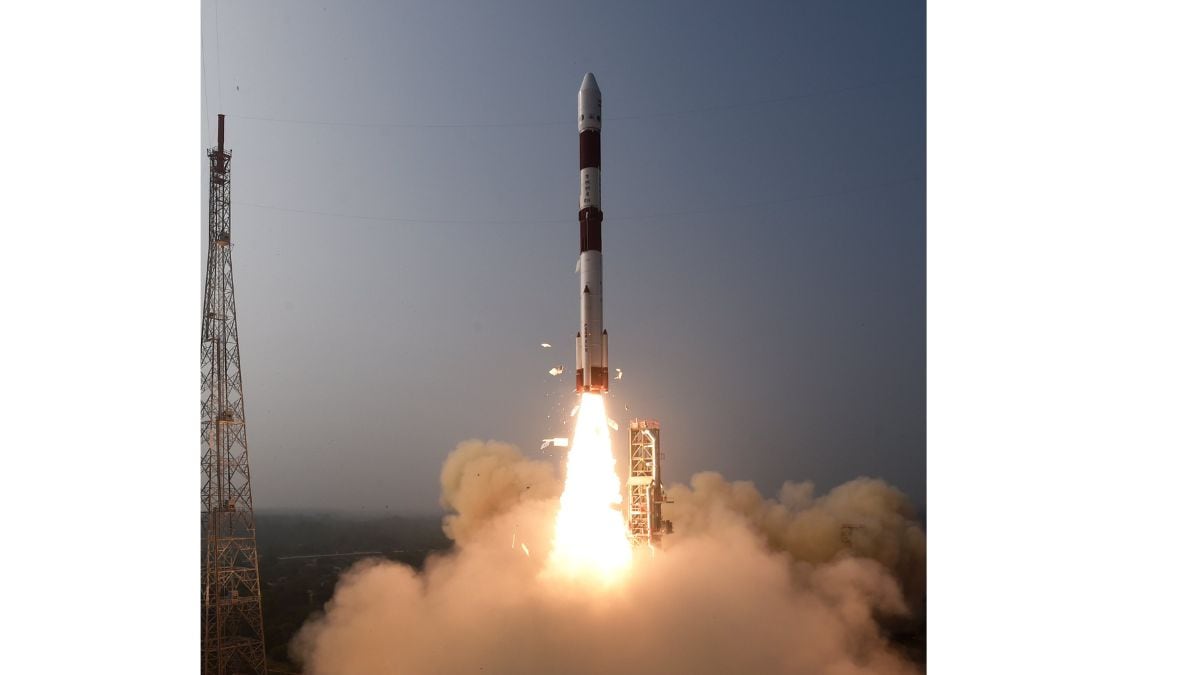
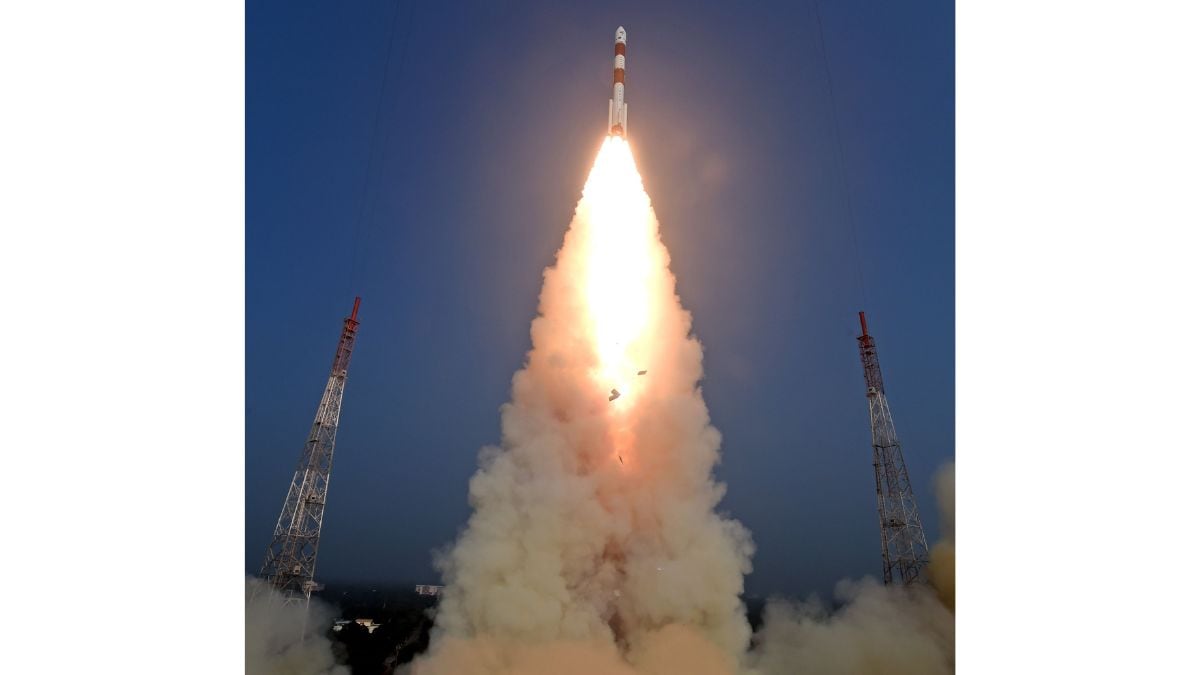
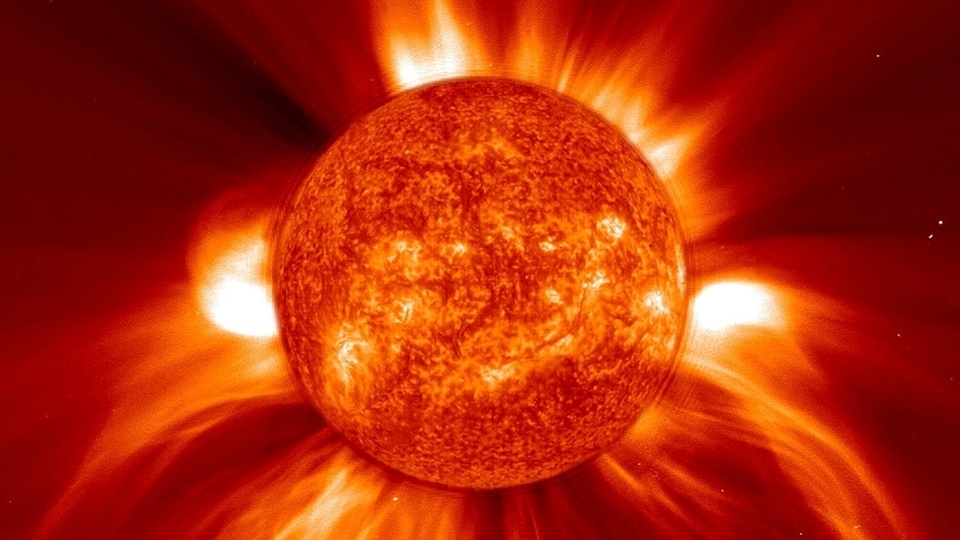
 View all Images
View all ImagesSolar storm today: Solar activity has been on a dangerous rise in the last few months, and we've already seen various solar phenomena impact Earth. In the last month, there were two instances of terrifying X-class solar flares hitting the planet, one of which caused a radio blackout in the polar regions for almost 3 days. The Sun has been showing all its might for the past couple of months and as we approach the solar maximum that will likely occur in 2024-25, its wrath is only expected to increase. NASA has now revealed a growing sunspot that could hurl out a solar flare and spark a solar storm. Check details.
Solar storm today
According to the National Oceanic Atmospheric Administration (NOAA), as many as 11 sunspots have been spotted on the surface of the Sun. All of these sunspots are crackling with minor C-class solar flares. However, sunspot AR3546 has been discovered as the most unstable, and it poses the greatest threat of a most significant solar flare.
The SpaceWeather report states, “There are 11 sunspot groups on the solar disk, and almost all of them are crackling with minor C-class solar flares. Fast-growing sunspot AR3546 appears to be the least stable, and thus the greatest threat for a more significant flare.”
The solar flare was discovered using NASA's Solar Dynamics Observatory. If it impacts, a solar storm could be on the cards soon.
About the NASA Solar Dynamics Observatory
The NASA Solar Dynamics Observatory (SDO) uses three very crucial instruments to collect data from various solar activities. They include the Helioseismic and Magnetic Imager (HMI) which takes high-resolution measurements of the longitudinal and vector magnetic field over the entire visible solar disk, Extreme Ultraviolet Variability Experiment (EVE) which measures the Sun's extreme ultraviolet irradiance, and Atmospheric Imaging Assembly (AIA) which provides continuous full-disk observations of the solar chromosphere and corona in seven extreme ultraviolet (EUV) channels.
Also, read these top stories today:
Google infringed AI patents? Google accused of infringing patents and using the tech to power AI features in Google Search, Gmail, Google Translate. Some interesting details in this article. Check it out here.
"AI isn't going to just be for helping make Microsoft Office better". Microsoft says AI to help researchers speed up the painstaking work required to discover new chemical compounds and materials. Dive in and see what it just did here.
An invisible TV! LG says the TV is "practically invisible when turned off", doing away with the ugly big black screen that can ruin a room's feng shui.
Check the future of TV here.
One more thing! We are now on WhatsApp Channels! Follow us there so you never miss any updates from the world of technology. To follow the HT Tech channel on WhatsApp, click here to join now!
Catch all the Latest Tech News, Mobile News, Laptop News, Gaming news, Wearables News , How To News, also keep up with us on Whatsapp channel,Twitter, Facebook, Google News, and Instagram. For our latest videos, subscribe to our YouTube channel.







